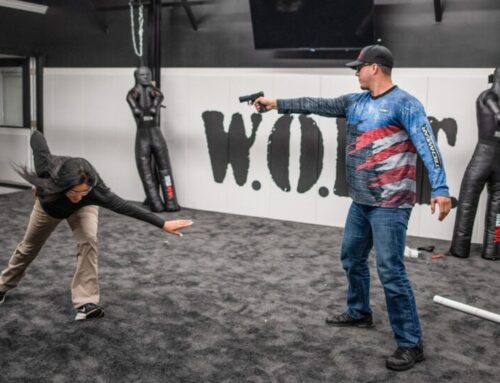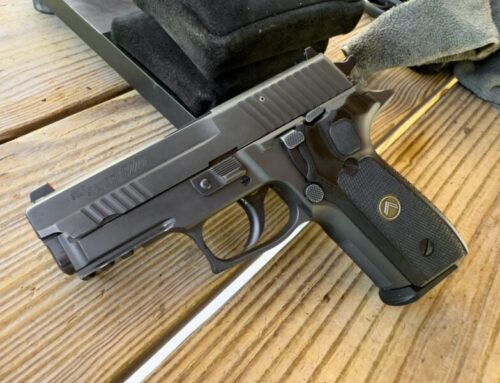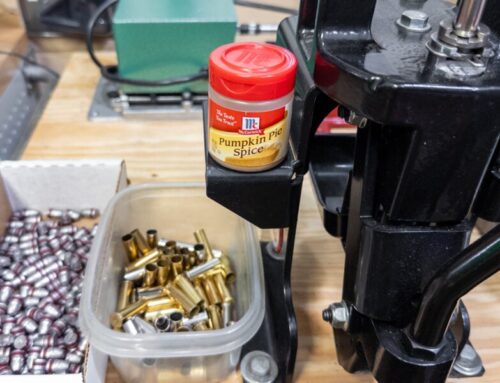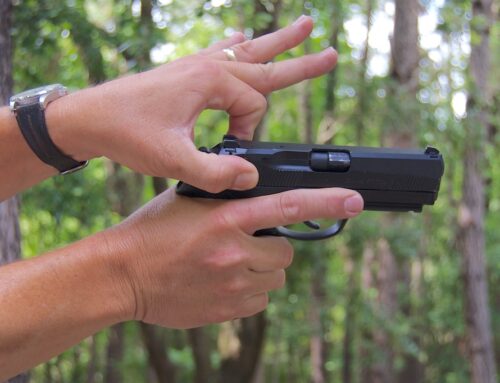Last time, in part one of our series on reloading your own ammunition, we talked about reasons why learning how to reload might make sense. Reloading might save you some money, but it’s also an enjoyable hobby and a way to make the perfect ammunition for your needs and your specific gun.
Next, let’s discuss the process of reloading straight wall pistol cartridges. Those are the easiest to do, so it’s a good place to start. We’ll comment on the things you have to do differently for bottleneck rifle and pistol cartridges while we’re here. Once you understand the basic process, our next chapters on equipment and consumable needs will make a whole lot more sense. Cool with you?
When you boil all the complexity down, reloading is simply recycling fired cartridges. Just like plastic milk containers, but a lot less smelly. For most modern ammunition types, a cartridge is composed of several components — some of which are expendable and others reusable. Fortunately, as we discussed in part one, the most expensive part – the cartridge case – is reusable.
So, assuming you’ve been a good range scrounger and have hoarded a big supply of once-fired brass cartridge cases, the basic process (for straight wall pistol cartridges) looks something like this:
1. Inspect and clean the brass
Technically, you don’t have to clean brass cartridge casings to reload them, but I always do, mainly because you don’t really want to be running filthy brass through your reloading equipment and later, your gun. It’s also a good idea as it makes it much easier for you to spot cracks or deformities in your brass so you can be sure to dispose of bad cases. You know what. You know what? I’m being too gentle here. Clean your brass. Not just for cosmetics and smoother reloading, but for safety.

However you do it, with a dry tumbler or liquid method like the Lyman ultrasonic cleaner on the right, be sure to clean the loose dirt from your brass before reloading. It doesn’t have to be shiny, just clean.
2. Remove the spent primers
The primer is one of the expendable items. Once it’s blown up, it’s no good anymore. Either a dedicated decapping die is used to punch the old primer out of the bottom of the casing, or more commonly, the die that resizes your brass will also knock the old primer out. Both types of dies have a steel pin the pokes the old primer out the bottom of the case.
3. Resize the cartridge case
Here’s some weird and unintuitive science. When you fire a cartridge, the whole brass casing actually expands in the chamber of the gun. As the pressure goes down when the bullet leaves the barrel, the brass shrinks back a bit, thereby allowing extraction from the chamber and ejection right at the person standing to your immediate right. The brass case doesn’t shrink all the way back to original size. A resizing die is used to “encourage by brute force” the brass back into the correct exterior dimensions. This step ensures that your reloaded ammunition will fit back into the chamber of your gun and fire properly.

Resizing dies have a pin that knocks the spent primer out from the inside.








Leave A Comment